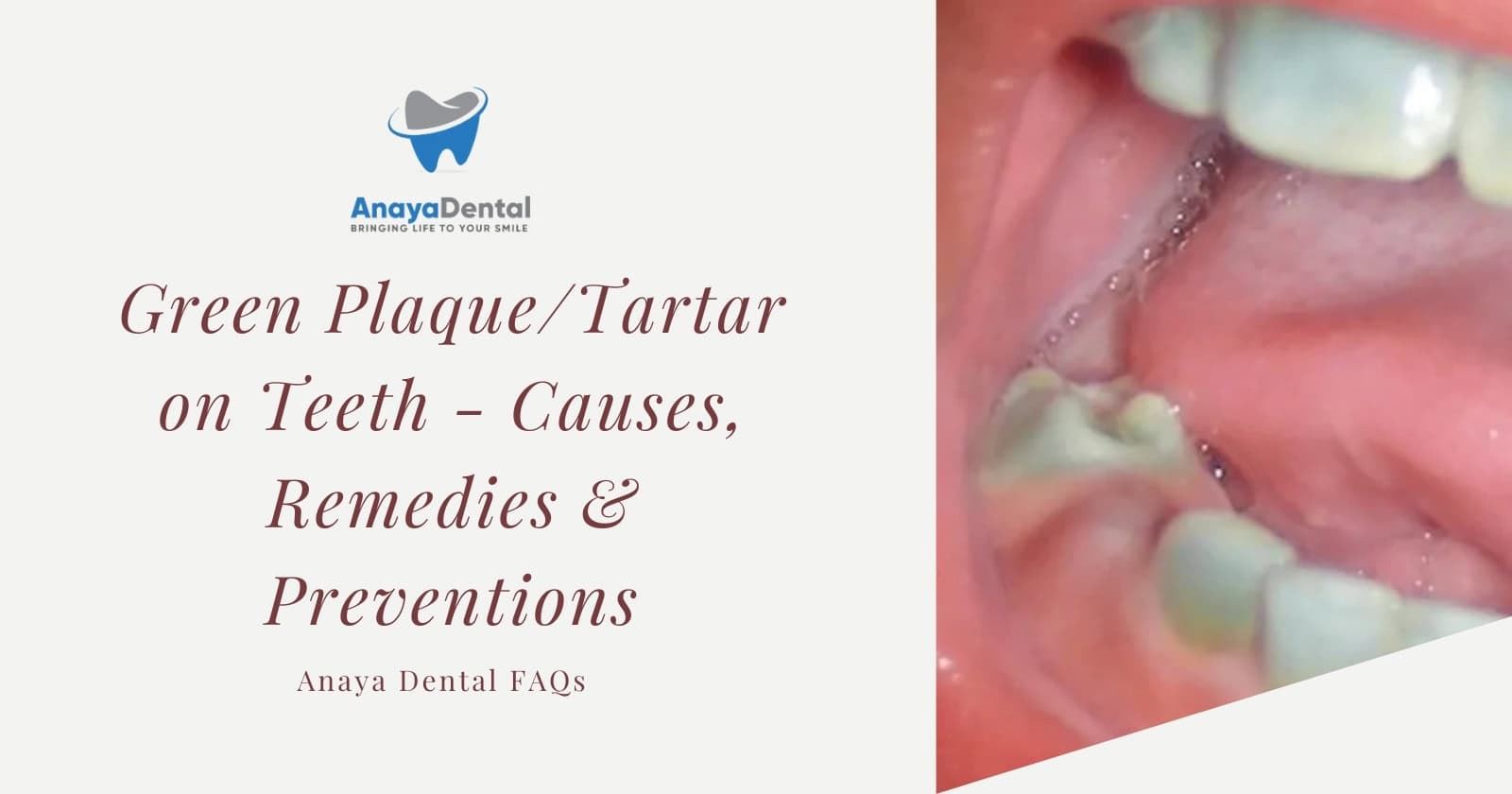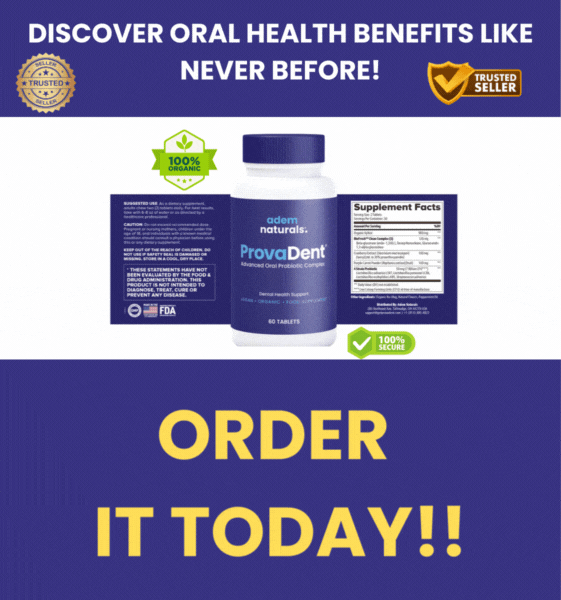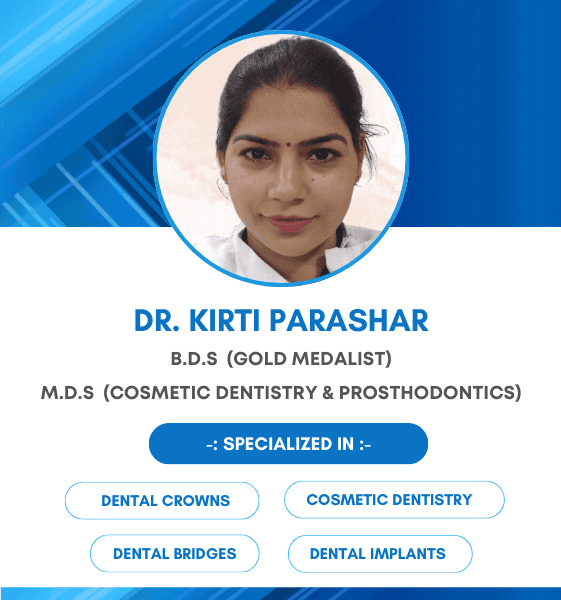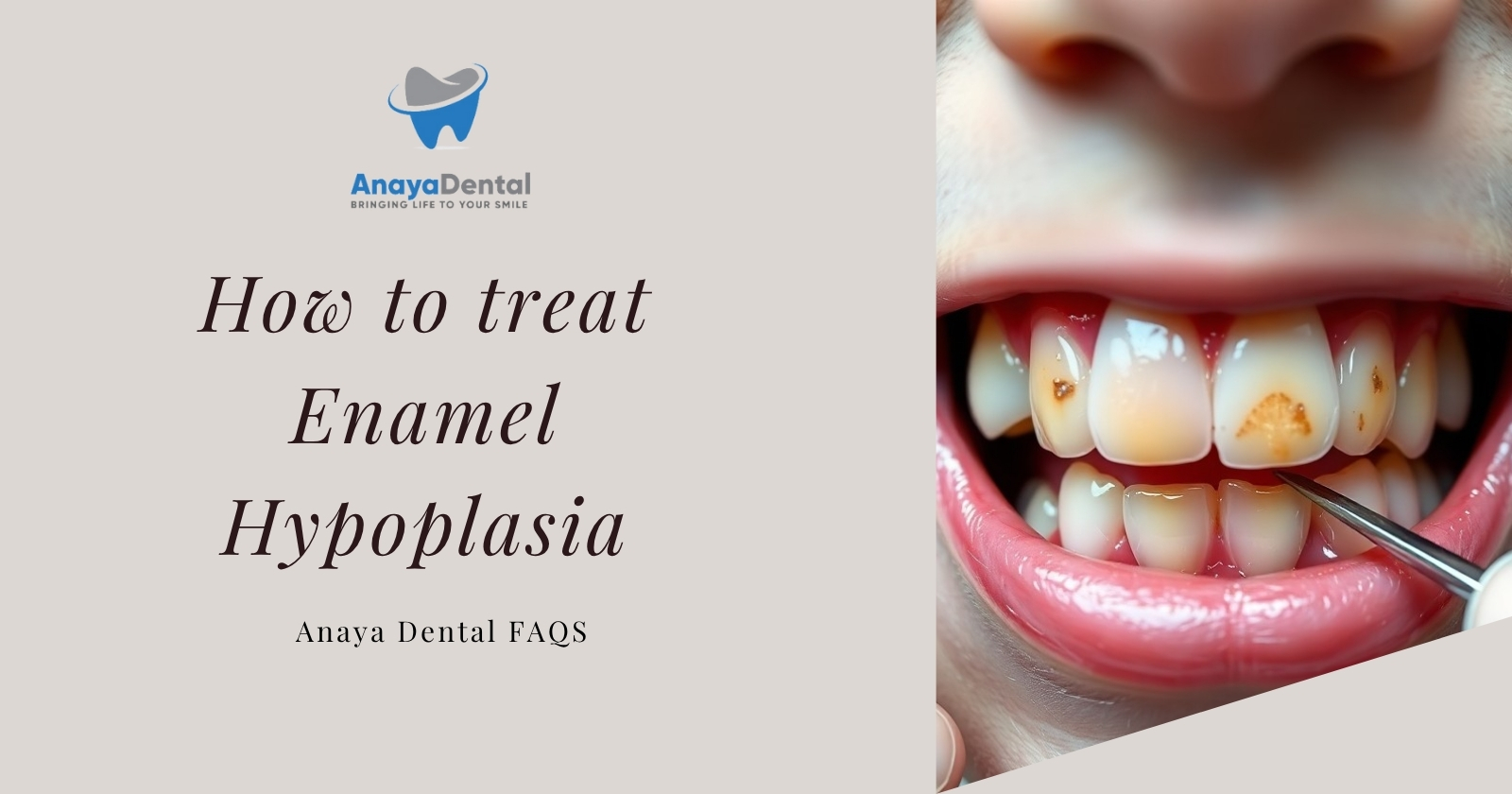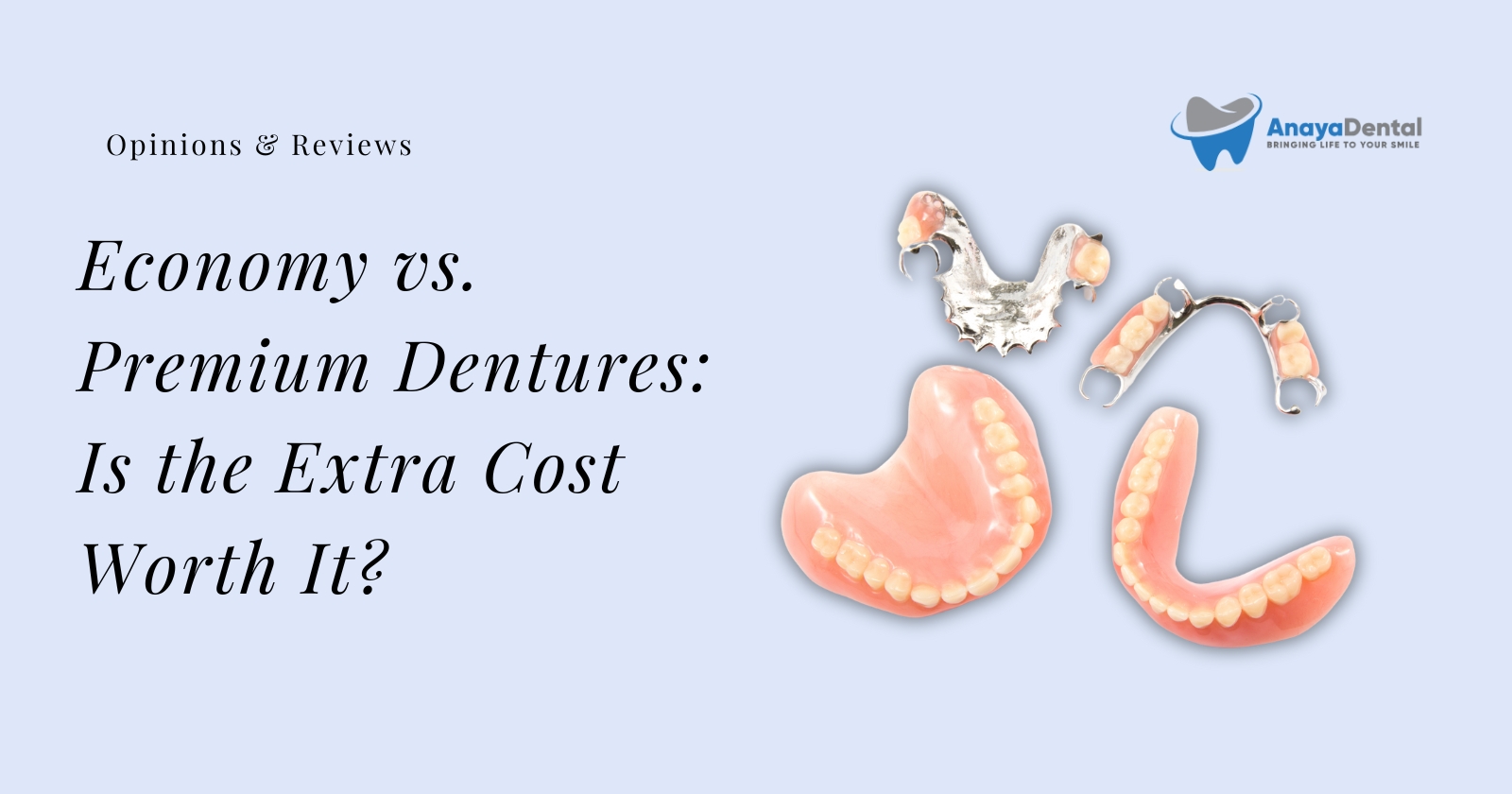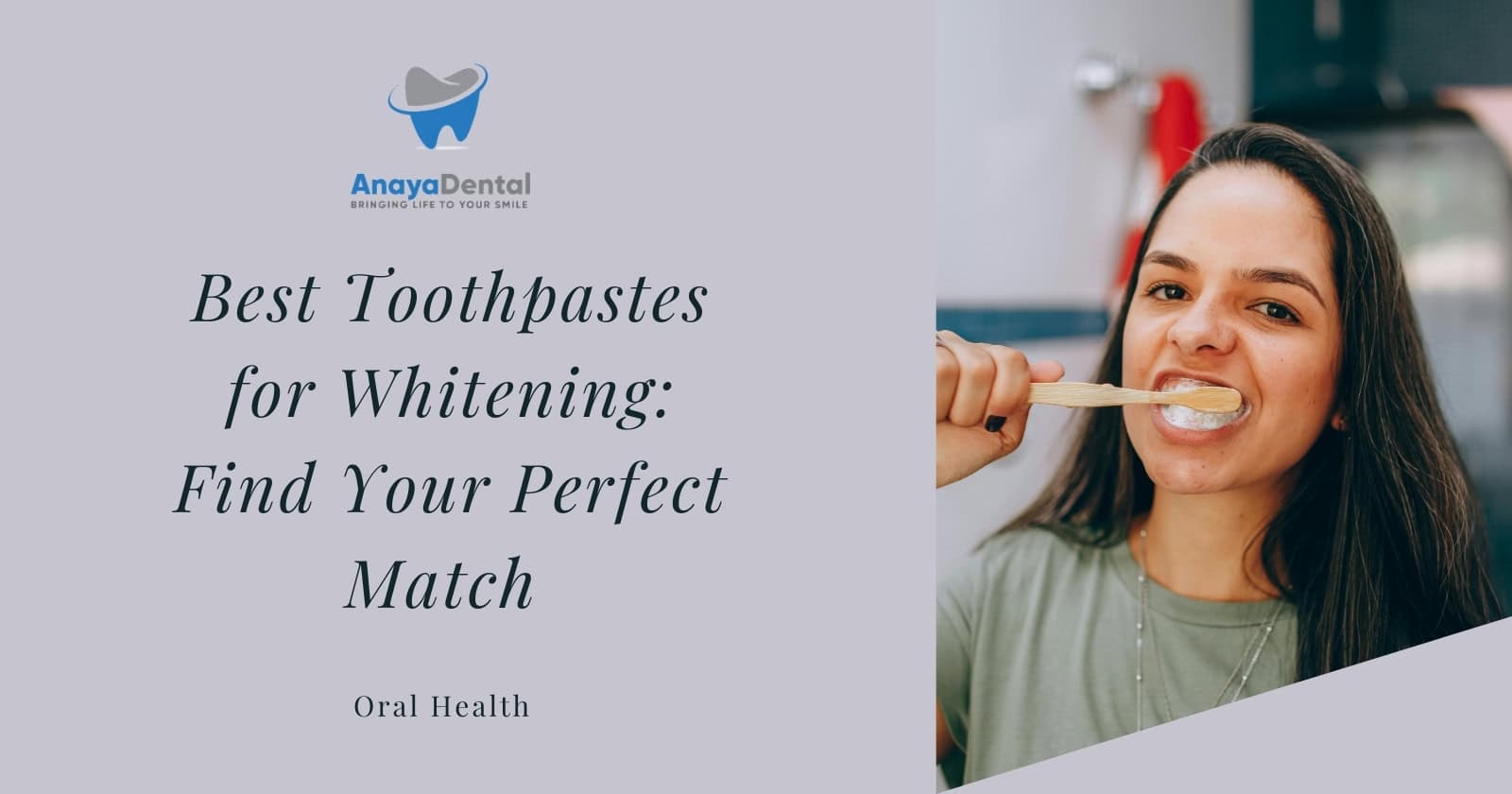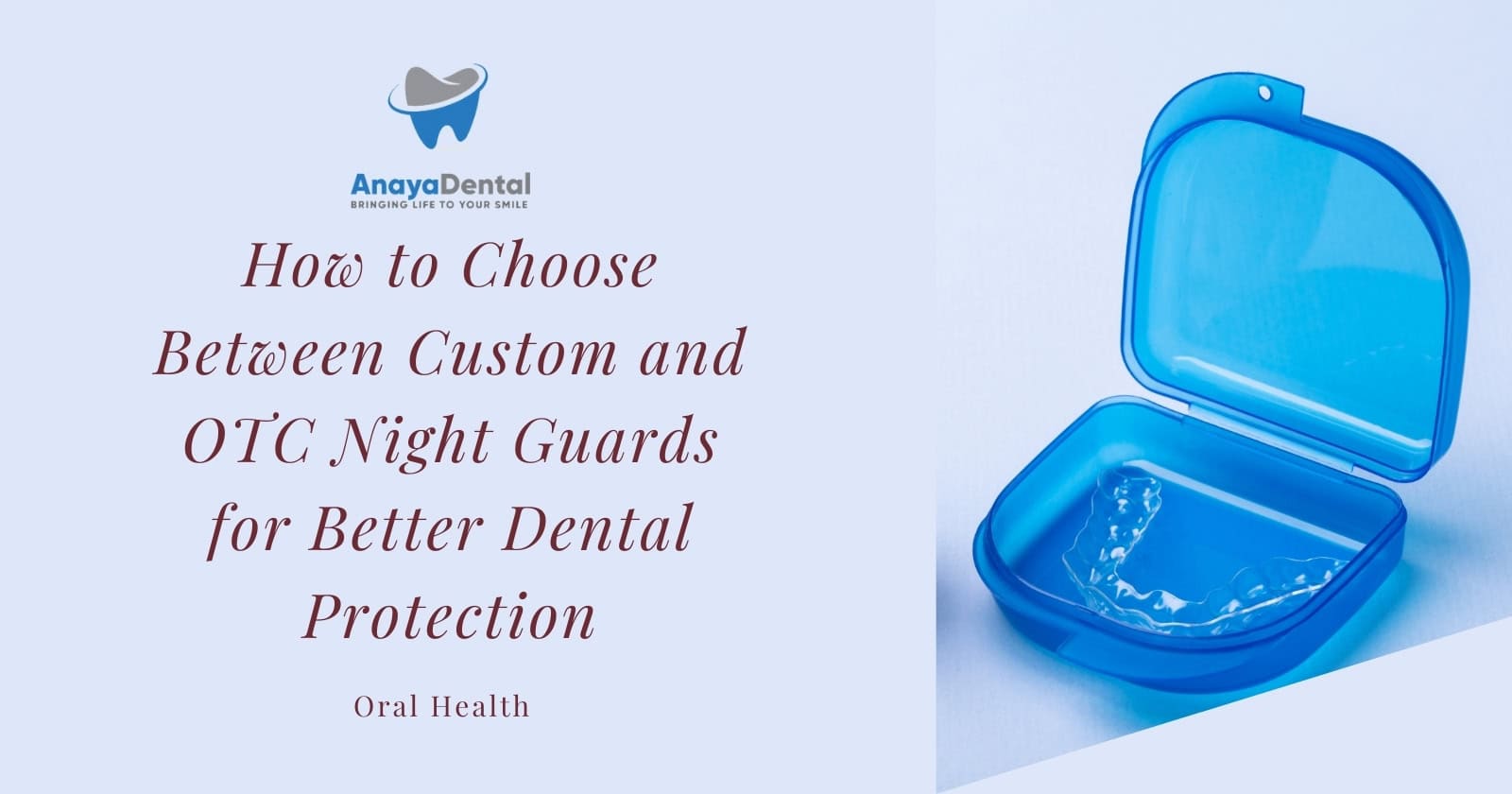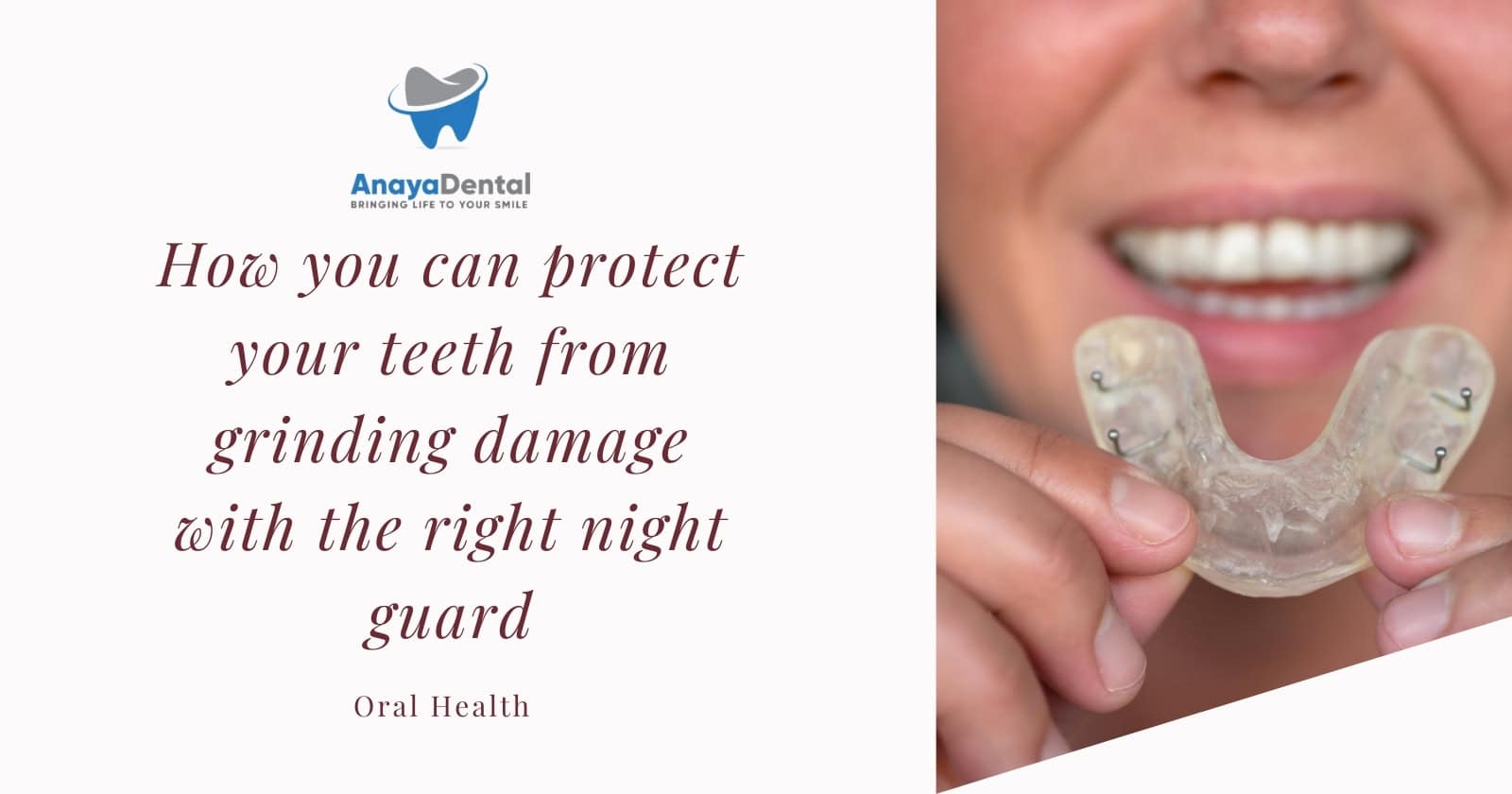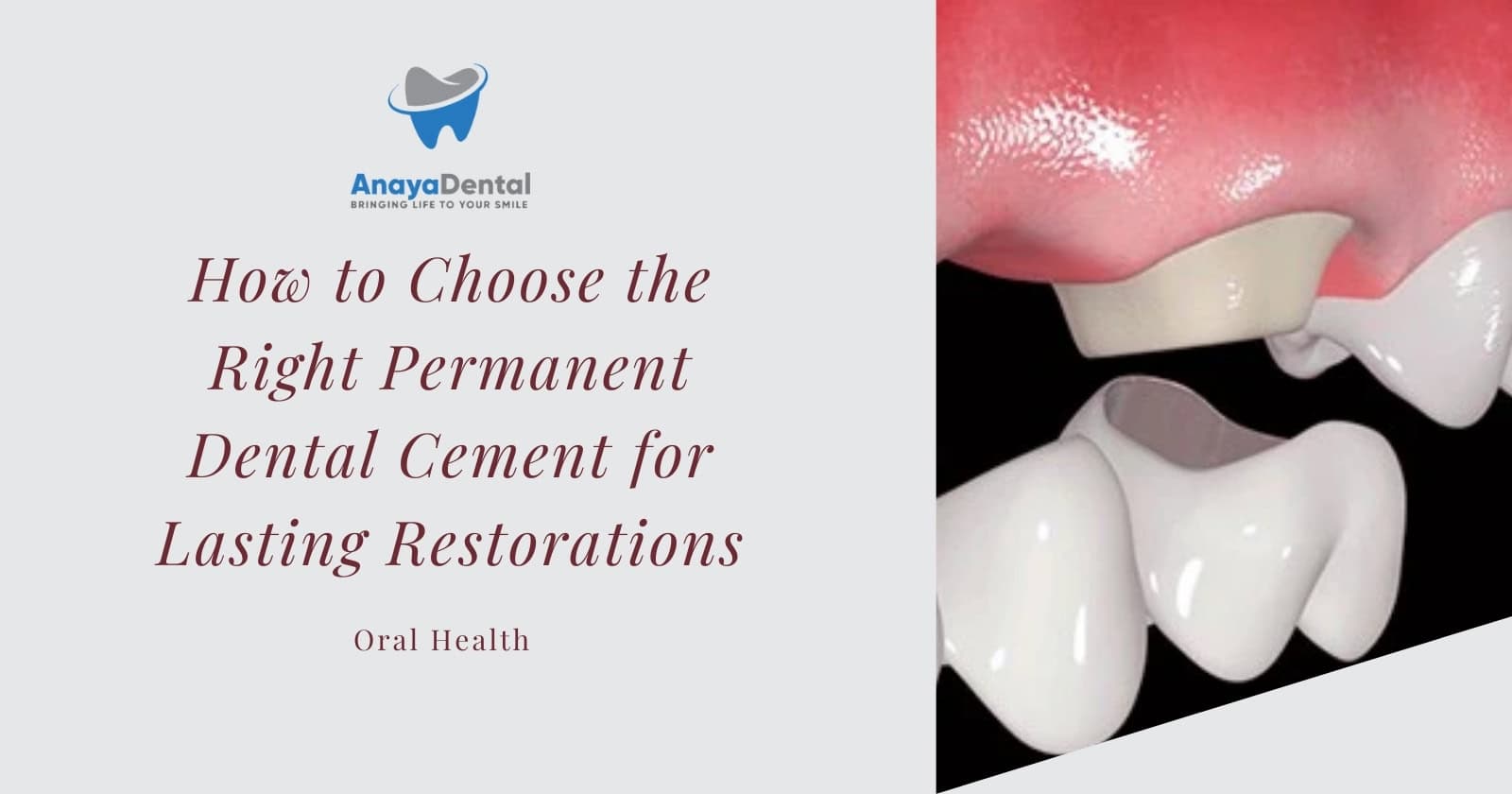Many people discover green-colored deposits on their teeth with alarm, and you might be experiencing this concerning issue too. This unusual discoloration occurs when bacterial buildup combines with food particles and minerals in your saliva, forming a stubborn layer that can progress into harmful tartar if left untreated. While the green tinge might seem purely cosmetic, it’s actually a warning sign that your oral hygiene routine needs immediate attention. Understanding the causes and implementing proper dental care can help you prevent this unsightly and potentially damaging condition from affecting your smile.
Key Takeaways:
- Green plaque/tartar primarily develops from chromogenic bacteria and prolonged exposure to dietary pigments, often affecting children and those with poor oral hygiene.
- Regular brushing, flossing, and professional dental cleanings are necessary to remove and prevent green deposits from forming on teeth surfaces.
- Diet modifications, including reducing consumption of highly pigmented foods and beverages, can help minimize green discoloration on teeth.
- Professional dental intervention is necessary to remove established green tartar, as it cannot be eliminated through regular brushing alone.
- Maintaining proper oral hygiene habits and scheduling regular dental check-ups are the most effective ways to prevent green plaque accumulation.
Understanding Green Plaque and Tartar
For many people, discovering green discoloration on their teeth can be alarming. This unusual coloring occurs when bacterial buildup combines with chromogenic bacteria, creating visible deposits on your tooth surfaces. While regular plaque appears whitish or pale yellow, green plaque indicates a more serious condition that requires immediate attention from your dental professional.
What Causes Green Discoloration of Teeth
An accumulation of specific chromogenic bacteria leads to green staining on your teeth. These microorganisms thrive in environments with poor oral hygiene, particularly in children and teenagers. Common factors include:
Try Our Dental Calculators
- Inadequate brushing techniques
- Prolonged exposure to fluorescent lighting
- High consumption of chlorophyll-rich foods
- Certain medications
This condition often signals the need for improved dental care habits.
Different Types of Dental Deposits
Across your dental surfaces, various deposits can form, each with distinct characteristics:
| Deposit Type | Characteristics |
|---|---|
| Soft Plaque | Sticky, colorless biofilm |
| Green Stains | Bacterial pigmentation |
| Calculus | Hardened mineral deposits |
| Brown Stains | Tobacco or food-related |
| Black Line Stains | Iron-producing bacteria |
Types of dental deposits vary significantly in their composition and impact:
| Deposit Category | Health Impact |
|---|---|
| Supragingival | Above gum line, easier to remove |
| Subgingival | Below gum line, requires professional cleaning |
| Extrinsic Stains | Surface-level discoloration |
| Intrinsic Stains | Deep tooth discoloration |
| Bacterial Films | Can lead to tooth decay |
Common Causes
Even with regular brushing, green plaque can develop on your teeth due to various factors. Understanding these causes is vital for maintaining optimal oral health and preventing unsightly discoloration. Your daily habits, oral hygiene routine, and dietary choices all play significant roles in the formation of green plaque.
Poor Oral Hygiene
Common signs of inadequate oral care include the buildup of plaque and tartar on your teeth. When you skip proper brushing, flossing, or regular dental cleanings, bacteria accumulate and create a favorable environment for green discoloration. The combination of poor hygiene and bacterial growth can lead to persistent staining.
Bacterial Growth and Chromogenic Bacteria
Bacteria naturally present in your mouth can produce pigments that cause green staining. Chromogenic bacteria, particularly from the fluorescent species, attach to your tooth surface and create visible green deposits. The longer these bacteria remain undisturbed, the more noticeable the discoloration becomes.
A specific type of bacteria called chromogenic bacteria thrives in your mouth’s environment, especially when oral hygiene is compromised. These microorganisms produce colored byproducts as part of their metabolic processes, leading to green staining on your teeth. The staining typically appears along the gumline and between teeth where bacteria can easily accumulate.
Dietary Factors
Behind many cases of green plaque lies your dietary choices. Consider these common contributors:
- Heavily pigmented beverages like green tea and colored drinks
- Foods high in chlorophyll
- Artificial food coloring
The combination of these substances with poor oral hygiene can intensify green staining.
Hence, your food and drink choices significantly impact plaque formation. Consider these additional factors:
- Acidic foods that weaken tooth enamel
- Sugary snacks that feed harmful bacteria
- Starchy foods that stick to teeth
The relationship between your diet and oral health directly affects plaque development.
Health Implications
Once again, the green plaque on your teeth is more than just an aesthetic concern. If left untreated, this buildup can lead to serious dental and overall health complications. Understanding these potential health risks will help you recognize the importance of addressing this issue promptly and maintaining proper oral hygiene.
Dental Health Risks
Risks associated with green plaque extend beyond surface staining. When ignored, this condition can progress to severe gum disease, tooth decay, and eventual tooth loss. You may experience bad breath, tooth sensitivity, and bleeding gums. The bacteria trapped in the plaque can erode your tooth enamel, creating cavities and compromising your dental structure.
Systemic Health Concerns
Health implications of untreated green plaque reach far beyond your mouth. The bacteria present in dental plaque can enter your bloodstream, potentially affecting your heart, lungs, and other vital organs. You may face increased risks of cardiovascular disease, respiratory infections, and complications in diabetes management.
With ongoing research revealing more connections between oral and systemic health, your attention to green plaque becomes even more significant. Studies show links between poor oral hygiene and increased risks of stroke, heart disease, and pregnancy complications. The bacteria from dental plaque can trigger inflammatory responses throughout your body, potentially affecting your immune system and overall well-being.
Treatment Options
To effectively remove green plaque and tartar from your teeth, you have several treatment approaches available. While professional cleaning is the safest and most effective method, there are also home remedies that can help manage minor buildup. Your choice of treatment should depend on the severity of the buildup and your overall oral health condition.
Professional Dental Cleaning
Treatment at a dental office involves specialized scaling and root planing procedures performed by trained professionals. Your dentist will use advanced tools to safely remove the green plaque and tartar buildup from your teeth and below the gum line. This process not only eliminates the discoloration but also helps prevent potential gum disease and tooth decay.
Home Remedies and Solutions
Options for home treatment include using baking soda paste, hydrogen peroxide rinses, and specialized tartar-control toothpaste. While these methods can help with minor cases, they should not replace professional cleaning. You can also try oil pulling with coconut oil or using apple cider vinegar as a mouth rinse.
Considering the various home remedies available, it’s important to use them correctly and safely. Mix one teaspoon of baking soda with water to form a paste, or dilute hydrogen peroxide with equal parts water before use. Never use undiluted solutions as they may damage your tooth enamel. Regular use of an electric toothbrush and water flosser can also help prevent new buildup from forming.
Prevention Strategies
Many effective strategies can help you prevent green plaque and tartar buildup on your teeth. By implementing a comprehensive approach that combines proper oral hygiene, dietary changes, and professional dental care, you can maintain optimal oral health and prevent the unsightly appearance of green deposits on your teeth.
Daily Oral Care Routine
Along with brushing twice daily, you should maintain a thorough oral care routine that includes flossing, using an antibacterial mouthwash, and cleaning your tongue. Proper brushing technique involves spending at least two minutes and paying special attention to the gum line where plaque tends to accumulate.
Dietary Modifications
Strategies for preventing green plaque include limiting your consumption of sugary and acidic foods. You should also increase your intake of crunchy vegetables and fruits that naturally clean your teeth while eating.
Routine dietary choices significantly impact your oral health. Consider drinking water after meals, avoiding frequent snacking, and limiting sugary beverages. Green tea can be beneficial as it contains compounds that help reduce bacterial growth in your mouth.
Regular Dental Check-ups
Dental visits every six months are crucial for professional cleaning and early detection of potential issues. Your dentist can remove hardened tartar that regular brushing cannot eliminate and provide personalized advice for your oral care routine.
Even with excellent home care, professional dental cleanings are irreplaceable. These visits allow your dentist to identify areas you might miss during regular brushing and provide specialized treatment if needed. Your dental professional can also monitor changes in your oral health over time and adjust recommendations accordingly.
When to Seek Professional Help
All dental issues related to green plaque require professional evaluation, but some situations demand immediate attention. While home remedies can help manage minor cases, persistent green discoloration accompanied by other symptoms needs a dentist’s expertise. Your dentist can properly assess the severity and recommend appropriate treatment options to prevent further complications.
Warning Signs
For your dental health, watch out for these indicators: severe tooth sensitivity, persistent bad breath, bleeding or swollen gums, and visible green or black patches that won’t go away with regular brushing. If you notice any of these signs lasting more than a week, schedule an appointment with your dentist to prevent potential tooth decay or gum disease.
Emergency Situations
Help should be sought immediately if you experience intense tooth pain, significant gum bleeding, fever with oral pain, or rapidly spreading green discoloration. These symptoms could indicate a serious infection that requires urgent professional intervention.
But don’t wait until your condition worsens. If you notice any combination of these symptoms, especially with facial swelling or difficulty swallowing, contact your emergency dental provider right away. Delaying treatment could lead to more extensive dental problems and potentially affect your overall health.
To wrap up
Following this, you can effectively manage and prevent green plaque and tartar buildup on your teeth through consistent oral hygiene practices. By maintaining proper brushing techniques, regular flossing, and scheduling professional cleanings, you’ll significantly reduce your risk of developing these unsightly deposits. Your dietary choices and lifestyle habits play a vital role in keeping your teeth clean and healthy. Should you notice any green discoloration or rough patches on your teeth, it’s best to consult your dentist promptly for appropriate treatment and personalized advice.
FAQ
Q: What causes green plaque or tartar to form on teeth?
A: Green plaque or tartar typically develops due to chromogenic bacteria, particularly when oral hygiene is poor. It can also occur from exposure to certain metals, like copper in swimming pools, or from consuming foods and beverages with strong pigments. Professional cleaners often see this condition in children who swim frequently or in adults who use specific mouthwashes containing chlorhexidine.
Q: Is green plaque on teeth harmful to my health?
A: While green plaque itself isn’t immediately dangerous, it indicates bacterial buildup that can lead to more serious dental issues. If left untreated, it may cause bad breath, gum inflammation, tooth decay, and periodontal disease. The presence of green staining suggests a need for improved oral hygiene and professional dental attention.
Q: How can I remove green plaque from my teeth at home?
A: Regular brushing with whitening toothpaste twice daily, flossing, and using an antibacterial mouthwash can help reduce green plaque. However, once tartar has formed, it requires professional removal. Maintain good oral hygiene by brushing for at least two minutes, paying special attention to all tooth surfaces, and using proper brushing techniques.
Q: What professional treatments are available for green plaque removal?
A: Dentists can remove green plaque through professional cleaning procedures like scaling and polishing. These treatments use specialized tools to scrape away hardened tartar and stains from tooth surfaces. The procedure is typically painless and effectively restores teeth to their natural color while preventing further buildup.
Q: How can I prevent green plaque from forming on my teeth?
A: Prevention includes maintaining excellent oral hygiene with regular brushing and flossing, using an electric toothbrush for more effective cleaning, and scheduling regular dental cleanings every six months. Swimmers should rinse their mouth with fresh water after pool sessions, and consider wearing a protective mouthguard while swimming.
Q: Are children more susceptible to developing green plaque?
A: Yes, children are often more prone to green plaque formation, especially if they’re frequent swimmers or have inconsistent oral hygiene habits. Their developing brushing skills and tendency to miss areas while cleaning can contribute to plaque buildup. Parents should supervise brushing and ensure proper technique until children master effective oral care routines.
Q: Can diet affect the development of green plaque?
A: Diet plays a significant role in plaque formation. Foods and beverages high in sugar or acid can create an environment where bacteria thrive. Consuming green vegetables, using straws for colored drinks, and limiting sugary snacks can help reduce plaque buildup. Regular water consumption also helps wash away food particles and bacteria that contribute to green plaque formation.
